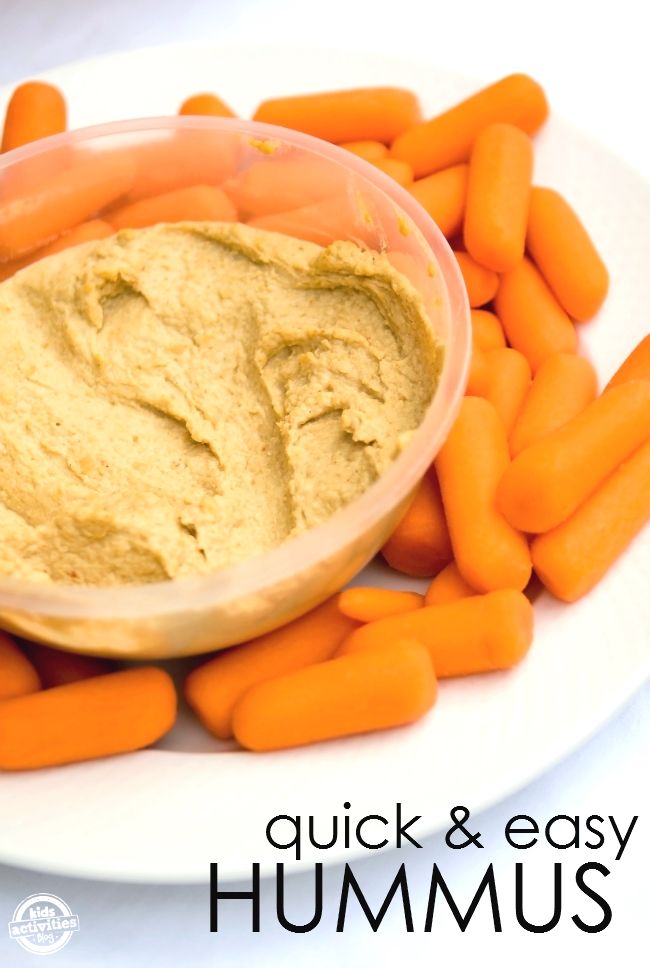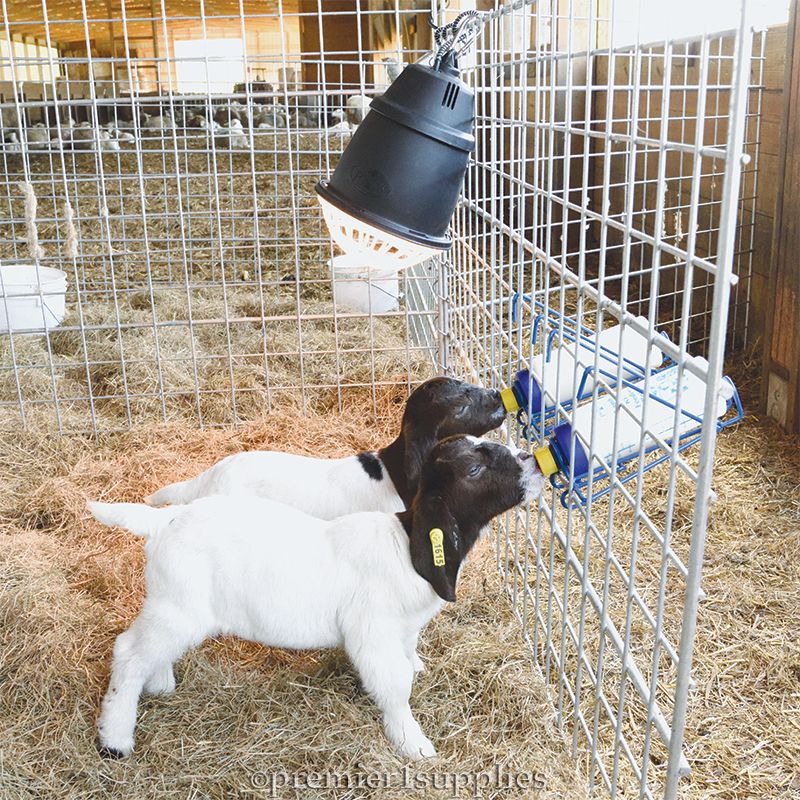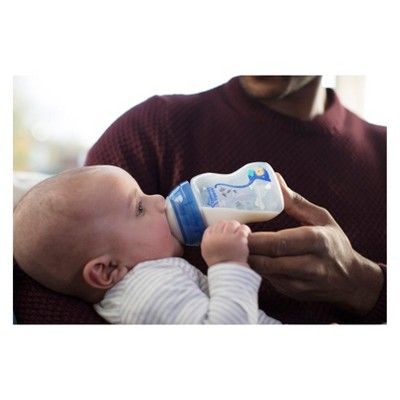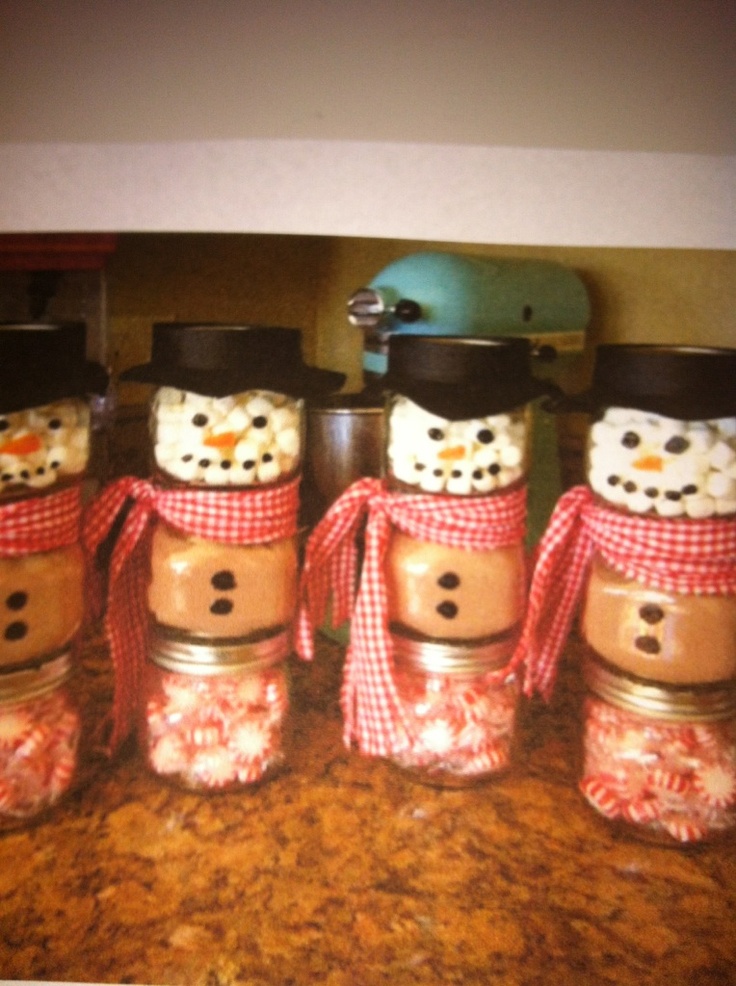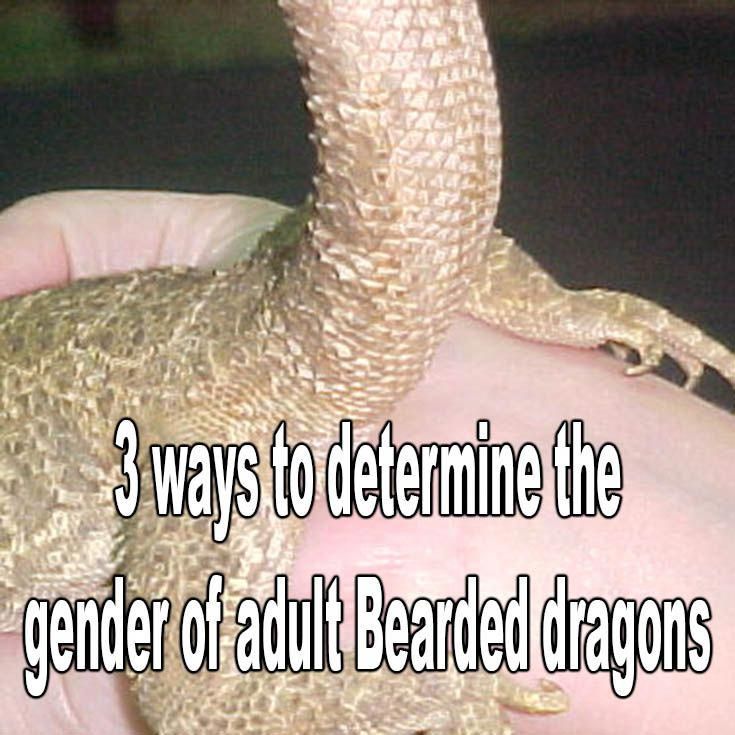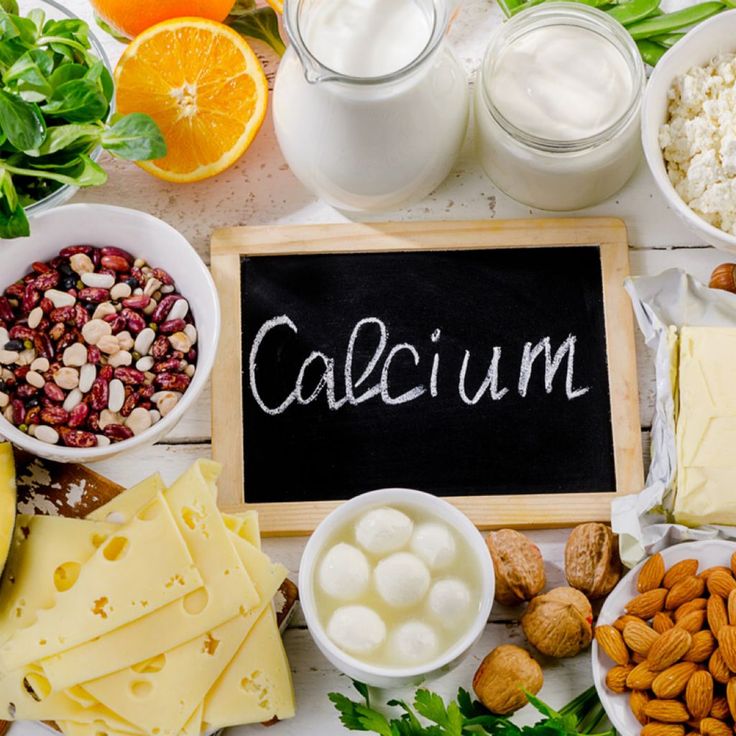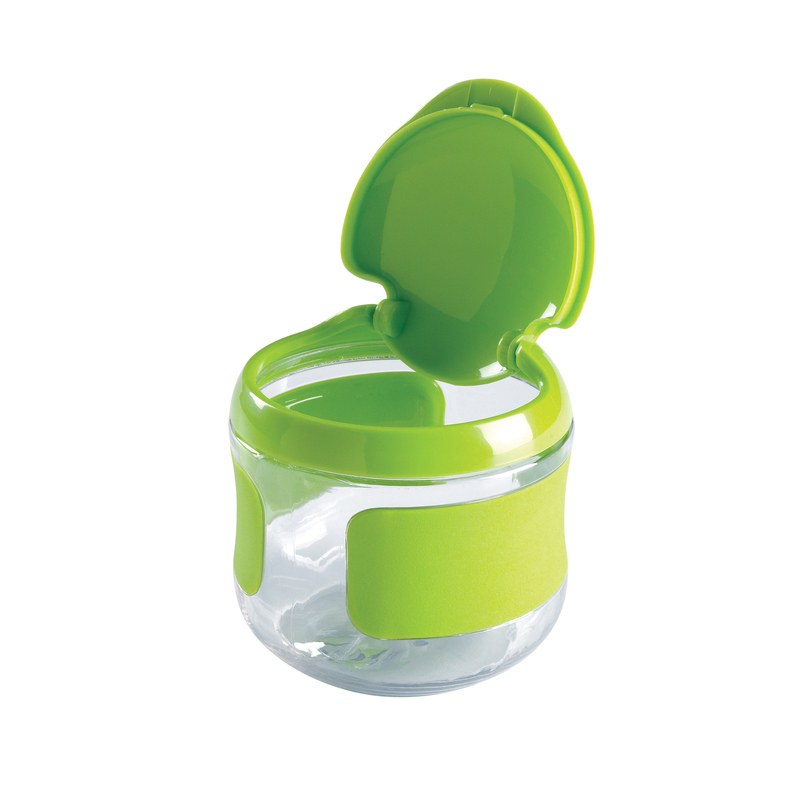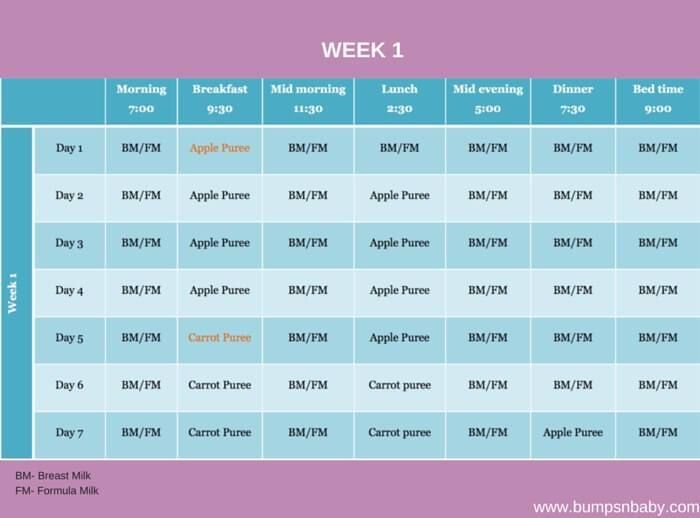Feeding peas to babies
Peas for Babies - First Foods for Baby
When can babies eat peas?
Peas may be introduced as soon as your baby is ready to start solids, which is generally around 6 months of age.
Warning
Whole, loose peas are a potential choking hazard, so keep reading to learn how to serve them safely.
Background and origins of peas
Did you know that peas are actually seeds and, botanically speaking, that a pea pod is a fruit because it grows from a flower? It’s true! And like many fruits, peas contain plenty of vitamin C. Plus they have lots of iron! This is an important combination for babies because vitamin C helps our bodies absorb iron from plant sources. In fact, garden peas are one of the most common ingredients in processed baby foods, but quite fun when served on their own… and even better when tossed with a little butter. That said, the small, roly-poly shape can be tricky for the youngest eaters—so check out our age-appropriate preparation suggestions.
Are peas healthy for babies?
Yes! Peas are a powerhouse food for little ones. They’ve got lots of fiber, protein, and an omega-3 fatty acid called alpha-linolenic acid. They also have tons of vitamins and minerals, with exceptionally high levels of vitamins A, C, and K, as well as iron and zinc. Peas are also a fantastic source of B-vitamins, especially B6 and folate, which are often insufficient in babies’ diets. Lastly, peas contain a wonderful assortment of phytonutrients that offer antioxidant and anti-inflammatory benefits.
When shopping for garden peas, choose fresh, frozen, or low sodium canned. Canned peas often contain excessive amounts of sodium—upwards of 650 to 800 milligrams per cup.
There is usually an expiration date on frozen peas, so aim to serve them shortly after purchase to maximize the amount of nutrition in your baby’s meal. You can also serve them up to 6 months past the expiration date with the knowledge that fewer nutrients will be available.1
You can also serve them up to 6 months past the expiration date with the knowledge that fewer nutrients will be available.1
Are peas a common choking hazard for babies?
They can be. You won’t find garden peas listed among the common choking hazards for babies, but their perfectly round shape can pose a risk. Peas, like loose corn kernels, can be accidentally swallowed whole and the average diameter of a pea is close in size to the diameter of the trachea of babies.2 3 To minimize the risk, serve peas without a container so it forces your baby to pick up individual peas (rather than fistfuls from a bowl) or flatten peas gently with the back of a fork. As always, stay within an arm’s reach of your baby during meals.
For more information, visit our section on gagging and choking and familiarize yourself with common choking hazards.
Are peas a common allergen?
No. Allergies to other legumes (including chickpea, lentil, lupine, peanut, and soybean) are more common.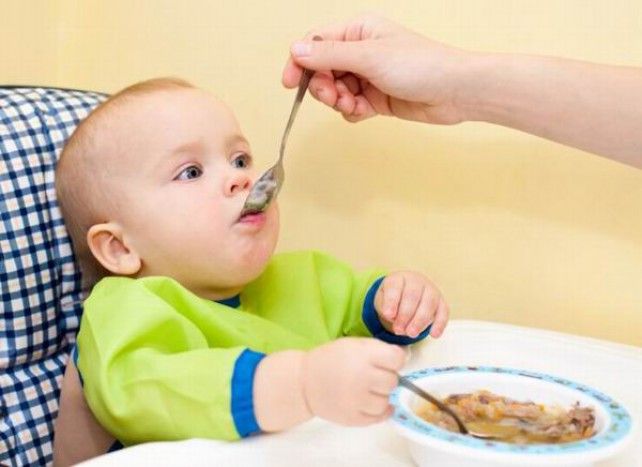 4 Luckily, individuals with peanut allergy are no more likely to be allergic to garden peas or other legumes.5 That said, if you suspect your baby is allergic to legumes, talk with a pediatric allergist before introducing peas on your own and as always, start by offering a small quantity for the first couple of servings.
4 Luckily, individuals with peanut allergy are no more likely to be allergic to garden peas or other legumes.5 That said, if you suspect your baby is allergic to legumes, talk with a pediatric allergist before introducing peas on your own and as always, start by offering a small quantity for the first couple of servings.
How do you prepare peas for babies with baby-led weaning?
Every baby develops on their own timeline, and the suggestions on how to cut or prepare particular foods are generalizations for a broad audience. Your child is an individual and may have needs or considerations beyond generally accepted practices. In determining the recommendations for size and shape of foods, we use the best available scientific information regarding gross, fine, and oral motor development to minimize choking risk. The preparation suggestions we offer are for informational purposes only and are not a substitute for child-specific, one-on-one advice from your pediatric medical or health professional or provider.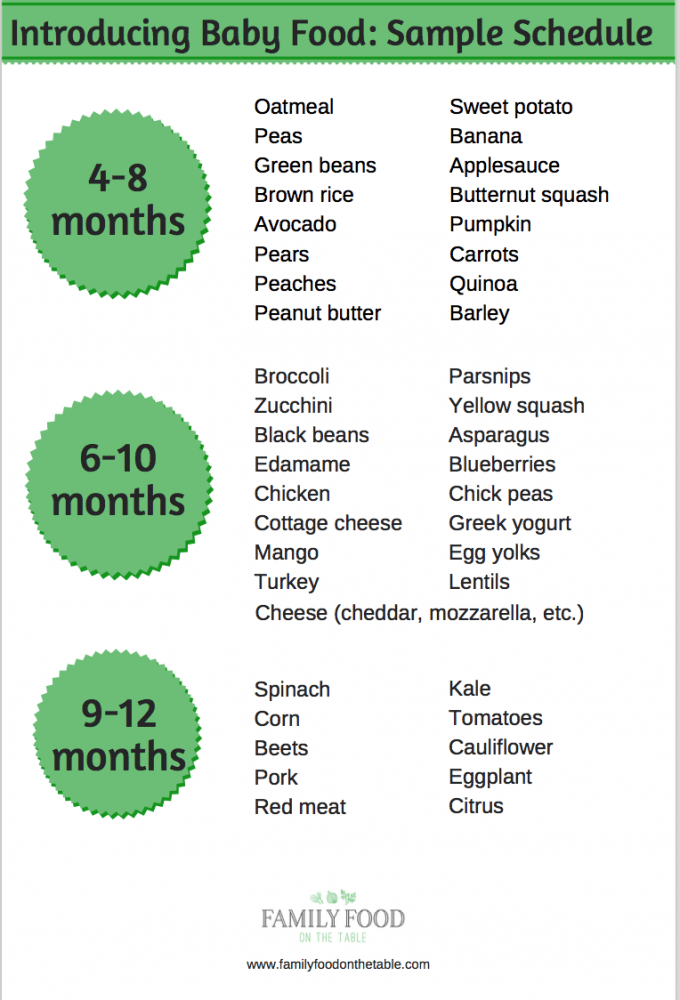 It is impossible to fully eliminate all risk of a baby or child choking on any liquid, puree, or food. We advise you to follow all safety protocols we suggest to create a safe eating environment and to make educated choices for your child regarding their specific needs. Never disregard professional medical advice or delay in seeking it because of something you have read or seen here.
It is impossible to fully eliminate all risk of a baby or child choking on any liquid, puree, or food. We advise you to follow all safety protocols we suggest to create a safe eating environment and to make educated choices for your child regarding their specific needs. Never disregard professional medical advice or delay in seeking it because of something you have read or seen here.
6 to 8 months old: Blend cooked peas into a smooth spread and serve on top of teething rusks, thin rice cakes, or on their own for hand-scooping. Encourage baby to self-feed with their hands. If you have a dish that has cooked peas in it (such as risotto), simply flatten the peas with the back of a fork before serving.
9 to 11 months old: Flatten peas with the back of a fork and serve as a finger food to work baby’s developing pincer grasp. Serving the peas directly on the tray or table (and not in a bowl) will lower the risk. If you have a dish that has cooked peas in it (such as risotto), simply flatten the peas with the back of a fork before serving.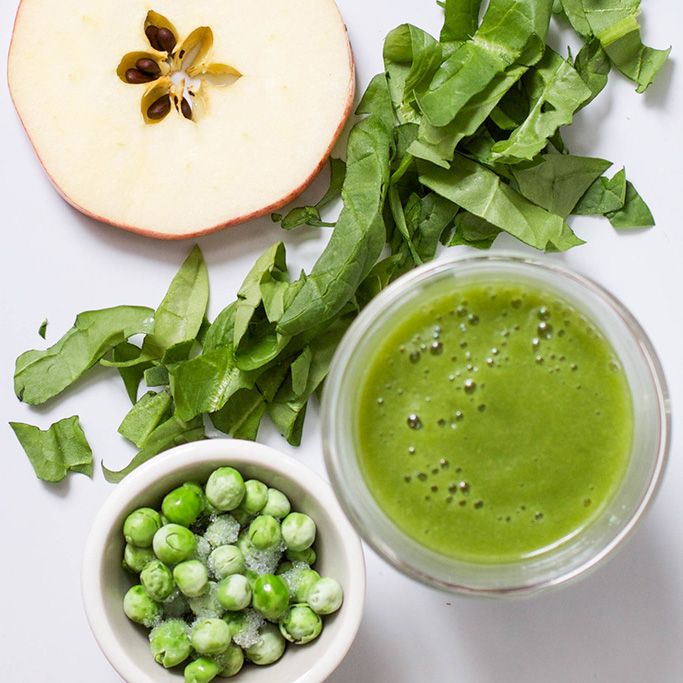
12 to 24 months old: At this age baby you need not modify cooked peas. Try serving peas on their own as a finger food and as baby’s skills develop, encourage fork practice by spearing peas. Good fun for all!
Gently flattened peas for babies 9 mos+Gently flattened peas for babies 9 mos+For more information on how to cut food for babies, visit our page on Food Sizes & Shapes.
Serve foods that are challenging for babies to pick up (like garden peas!) alongside foods that your baby can easily eat. This way there are options if your baby becomes frustrated or fatigued with chasing peas around the plate.
Recipe: Garden Pea Risotto*
Ingredients
- 1 tablespoon olive oil
- 1 small onion
- 1 cup fresh or frozen garden peas
- 2 tablespoons butter
- ½ cup Arborio rice
- 1 1/2 cups low-sodium vegetable stock
- ¼ cup Parmesan cheese (12 months+)
- 1 tablespoon chives (optional)
Directions
- Warm the oil in a medium pot over medium heat.
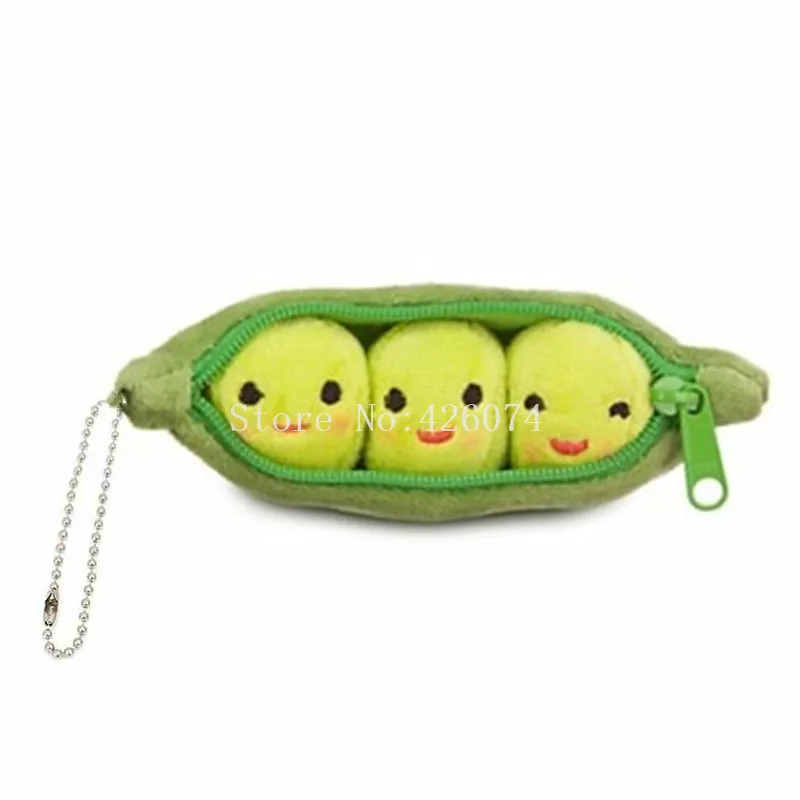 Mince the onion, then add to the pot. Sauté until the onions are translucent, about 5 minutes.
Mince the onion, then add to the pot. Sauté until the onions are translucent, about 5 minutes. - Add the garden peas and sauté, stirring occasionally until the peas have brightened in color, about 5 minutes.
- Transfer half of the onion-pea mixture to a blender. Add 1/2 cup of the stock, then purée. Place the other half of the onion-pea mixture in the pot, and use a spoon to gently smash the peas if your baby is under 12 months of age.
- Melt 1 tablespoon of butter in a large pot, then add the rice. Stir to coat, then cook until the rice is opaque, about 5 minutes. Add the broth and the pea purée. Bring to a simmer.
- Cook the rice until the grains are plump and toothsome, about 15 minutes. Add the remaining onion-pea mixture and stir to combine. Continue cooking until the rice is fully done, about 10 minutes more.
- Turn off the heat and stir in the remaining butter and cheese if you’re using. Mince the chives or your favorite fresh herb and sprinkle on top before serving in a bowl that suctions to the table.
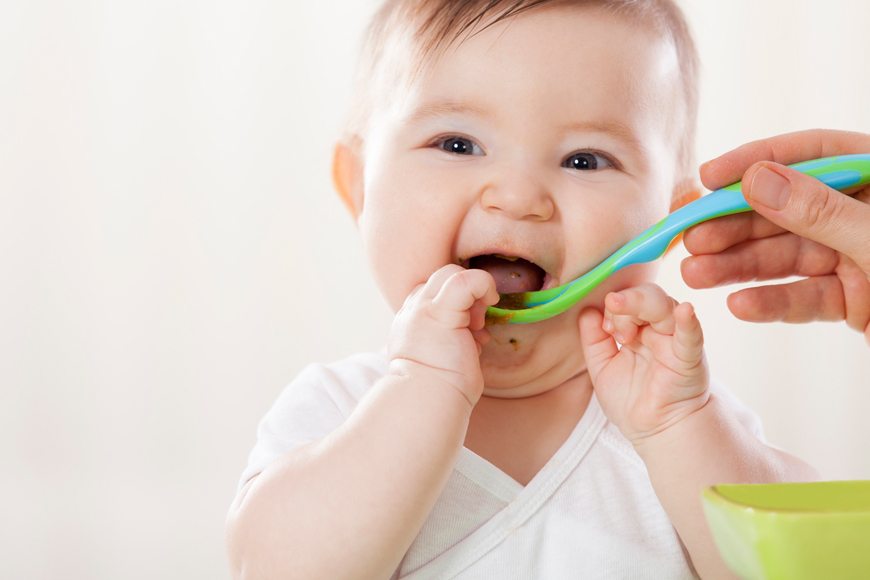
- Flatten any peas that haven’t burst with the back of a fork. Encourage baby to self-feed by either scooping with hands or practicing with a pre-loaded spoon.
*Note: This recipe contains cheese, which is a common allergen. Only serve after dairy allergy has been ruled out.
Flavor Pairings
Let the sweet, grassy flavor of garden peas balance both rich proteins like beef, lamb, pork, sardines, or lighter ones like chicken, eggs, and shellfish. Garden peas taste delicious with creamy foods like avocado, butter, cheese, and yogurt. They also pair well with alliums like garlic, leeks, onions, and shallots and other spring produce like artichokes, asparagus, fava beans, and new potatoes. Fresh herbs add depth; try chives, mint, or tarragon!
- Babatola, L.A., Ojo, D.O., Lawal, I.O. (2008). Influence of Storage Conditions on Quality and Shelf Life of Stored Peas. Journal of Biological Sciences, 8(2), 446-450.
- Griscom, N.T., Wohl, M.B.
 (1986). Dimensions of the Growing Trachea Related to Age and Gender. American Journal of Roentgenology, 146, 233-237.
(1986). Dimensions of the Growing Trachea Related to Age and Gender. American Journal of Roentgenology, 146, 233-237. - International Journal of Pure & Applied Science. (2018). Some Physical Properties of the Green Pea.
- Verma, A. K., Kumar, S., Das, M., & Dwivedi, P. D. (2013). A comprehensive review of legume allergy. Clinical reviews in allergy & immunology, 45(1), 30–46. doi:10.1007/s12016-012-8310-6. Retrieved July 14, 2020
- Food Allergy Research & Education. Peanut Allergy. Retrieved July 14, 2020
How to Serve Peas for Baby Led Weaning
By Morgan Last Updated:
Baby led weaning with peas is a great option packed with protein for baby and great for honing that pincer grip, Whether you’re just starting out with BLW or brushing up on your knowledge, we’re showing you how to serve peas for baby led weaning today.
Peas are a great food for babies, though they can be tricks for self-feeding.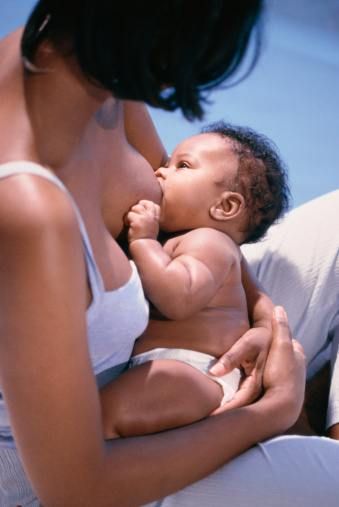 Kids generally gravitate towards sweeter foods, so it does make peas a great option for littles – a little sweet, but still a nutrient-packed vegetable!
Kids generally gravitate towards sweeter foods, so it does make peas a great option for littles – a little sweet, but still a nutrient-packed vegetable!
When starting solids with your little, we’re looking for nutrition-packed first foods. Peas might be one of the best options for that! Here is what WebMD says
- Vitamins and nurtients to combat inflammation.
- Packed with lutein and zeaxanthin for good eye health.
- Lots of fiber to keep baby regular
- Antioxidants to boost your immune system.
- 4 grams of protein per 1/2 cup serving
Peas are a perfect first vegetable. But first you have to decide how you want to serve baby led weaning peas! We’re here to help you decide.
PureeNot specifically BLW, but I truly think that baby led weaning should be less structured and more open to what works for YOU and YOUR family. Plus veggie purees are easy. To make a pea puree, simply steam your peas and pop into your blender or food processor. A little liquid or breastmilk can be added if you need to thin it out.
Plus veggie purees are easy. To make a pea puree, simply steam your peas and pop into your blender or food processor. A little liquid or breastmilk can be added if you need to thin it out.
Practice BLW with purees by offering preloaded spoons!
Need more info on baby led weaning vs purees? Check out this post.
Mashed PeasMashed is an easy and safe way to serve peas. You can do this basically like a chunky puree, taking the cooked peas (canned would work well here also, just keep an eye on the salt content) and smashing with a fork.
This will make a thick paste perfect for feeding to baby on the tray, allowing them to use their hand and fingers to pick up and feed themselves. You can also give baby preloaded spoons with the pea mush.
WholeWhole peas are great for honing the pincer grip. Most sources agree that once your baby is able to grasp the peas (9-12 months) and self-feed you don’t need to worry about choking, but if your epas look large or you have a history of choking with your little smush and flatten a bit with your fingers or the back to a fork
Need more baby led weaning information?- How to cut food for baby led weaning
- Baby led weaning bibs
- When to start baby led weaning
- How to serve apples for baby led weaning
- How to serve Sweet potato for baby led weaning
- Baby Led Weaning Banana
- Baby Led Weaning First Foods
green and canned peas for kids
for the child's body. Legumes contain a large amount of vegetable proteins, which is very useful for maintaining normal intestinal microflora and the full functioning of the digestive system. That is why many mothers have a question, at what age can you start giving peas to a child and how best to introduce it into a children's diet.
Legumes contain a large amount of vegetable proteins, which is very useful for maintaining normal intestinal microflora and the full functioning of the digestive system. That is why many mothers have a question, at what age can you start giving peas to a child and how best to introduce it into a children's diet.
1 When can you give peas to your child
1.1 Benefits of peas for children
1.2 When and how can you give peas to your child
1.3 How to cook peas for children's menu
1.3.1 Pea soup for children
1.3.1 Pea soup for children
canned peas
1.3.2.1 , iron, cobalt and other minerals, amino acids, polyunsaturated fatty acids, vegetable protein and fiber.
Useful properties of peas for children:
- normalizes the functioning of the gastrointestinal tract, effectively fights constipation;
- accelerates the removal of toxins, metal salts and other harmful substances from the body;
- increases the level of hemoglobin in the blood, preventing the development of anemia;
- improves the functioning of the nervous system and brain;
- stimulates metabolism;
- strengthens the cardiovascular system;
- ensures the full formation of skeletal elements and muscle tissues;
- increases the body's immune forces.

When answering at what age green peas can be given to a child, pediatricians recommend that you take into account the possible harm and contraindications of this product.
Introducing vegetables into baby food too early can cause flatulence and bloating. Many babies have problems with stool after eating peas.
Legumes have several contraindications. They are not allowed to be introduced into complementary foods with gastritis, colitis, stomach or duodenal ulcers, a tendency to frequent constipation or diarrhea.
When and how can peas be given to a child?
Basic rules for introducing peas into baby food:
- For the first time, the child should be given pea puree or pureed cream soups.
- For baby food, from 7 months it is allowed to give ready-made canned purees, which must correspond to the age of the baby.
- For "acquaintance" the baby is given the minimum amount of food - no more than half a teaspoon. If the child tolerates the new product well, gradually the portion can be increased to 2-3 tablespoons.
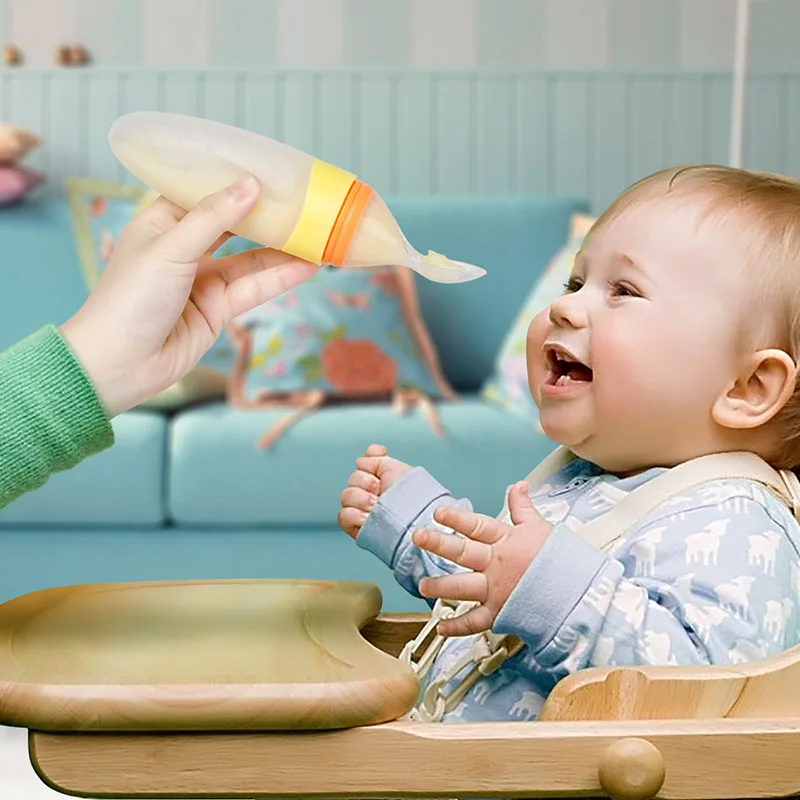
- For the first portion, the baby is given only pure, one-component puree, without any additives.
- It is recommended to feed your baby with pea foods no more than 1-2 times a week.
- Before reaching the age of two, peas are given to babies only in boiled form.
- A mature vegetable can only be added to baby food after 2 years of age.
- The use of dry peas as part of various dishes is allowed only after 3 years.
When can I introduce legumes (lentils, soybeans, peas, etc.) into my child's diet? Advice for Parents
Watch this video on YouTube
Many mothers are wondering at what age can children be given canned peas, because they are part of many delicious salads, side dishes and other dishes. Babies over 3 years old can use canned peas no more than once a week, 1 spoonful.
Ways to prepare peas for the children's menu
You can feed your baby with various green pea dishes. Before cooking, it must be boiled.
Before cooking, it must be boiled.
- wash peas under running water;
- soak the product with a little water and leave for 8-10 minutes;
- after that, the peas should be boiled until softened over low heat.
Dry peas are boiled after pre-soaking in cool water for 3-4 hours. After that, the product must be boiled in a large amount of water, after cooking, salt and grind to a puree state using a blender.
For children over the age of two, you can include more complex and multi-component dishes in the menu, which include green peas. These are various salads, casseroles with butter, stews. It is used as a side dish for meat, fish and other vegetable dishes.
Children's Pea Soup
Various recipes for green pea soup are used for the children's menu. This is a delicious, nutritious and healthy first course that kids will love.
Boil the soup for 13-15 minutes, then add young green peas and finely chopped fresh herbs, salt. After 8-10 minutes the dish is ready. Leave it under the lid for 10-15 minutes, after which you can feed the baby.
After 8-10 minutes the dish is ready. Leave it under the lid for 10-15 minutes, after which you can feed the baby.
If desired, the soup can be prepared with vegetable broth. Pediatricians do not recommend using recipes for children's diets that include fatty meats or smoked meats.
Frozen and canned peas
Frozen green peas can be used for cooking. Freezing preserves many vitamins and other useful substances. Frozen peas are stored in pods and used throughout the year as needed.
Babies can eat canned peas no more than once a week, 1 spoonful. Industrial preservation involves the use of sugar, preservatives, flavors and other chemical additives that will not benefit the child's body. Therefore, it is best to preserve legumes yourself, without the use of salt and table vinegar.
Read on the topic Vinaigrette for children: at what age can you give it, recipe
Green peas are a tasty and nutritious vegetable that saturates the child's body with useful vitamins, micro and macro elements and other elements.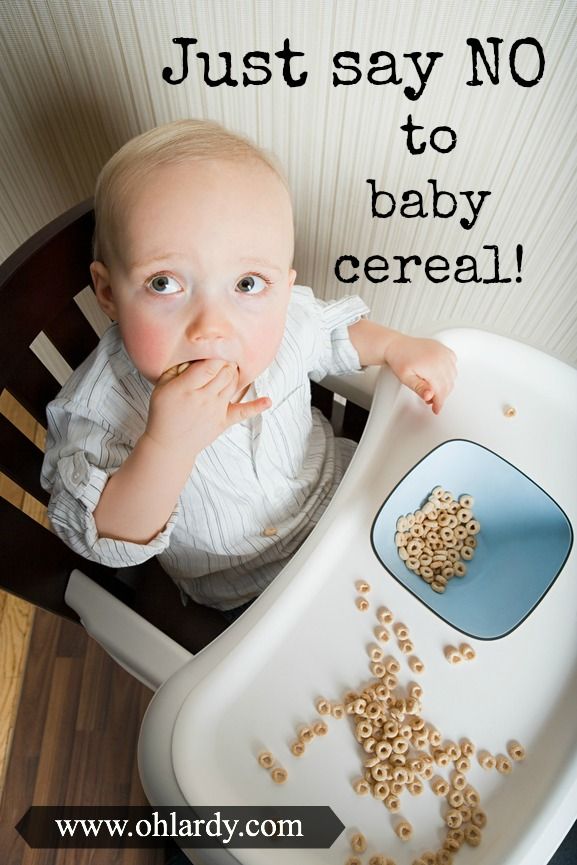 Legumes effectively improve the functioning of the digestive system, fight constipation and increase immunity. When introducing a product into the children's menu, it is imperative to take into account the recommendations of pediatricians and age restrictions - this will help you get the most out of pea foods.
Legumes effectively improve the functioning of the digestive system, fight constipation and increase immunity. When introducing a product into the children's menu, it is imperative to take into account the recommendations of pediatricians and age restrictions - this will help you get the most out of pea foods.
Share link:
Did you like this article?
Average score 3 / 5. Total voted: 2
- On the author
- Recent publications
complementary foods
Beans
GIFTERS PRODUCATION - Encyclopedia Children's diet
Levchuk Victoria © Citizens in the Part . For diversity and health. Strictly speaking, green peas are not a vegetable. It is part of the legume family, it is a plant that produces pods with seeds inside. Lentils, chickpeas, beans, and peanuts are also legumes.However, green peas are usually cooked and sold as vegetables. You can find it frozen, fresh or canned.
The nutritional value of peas is amazing considering the small size of the peas.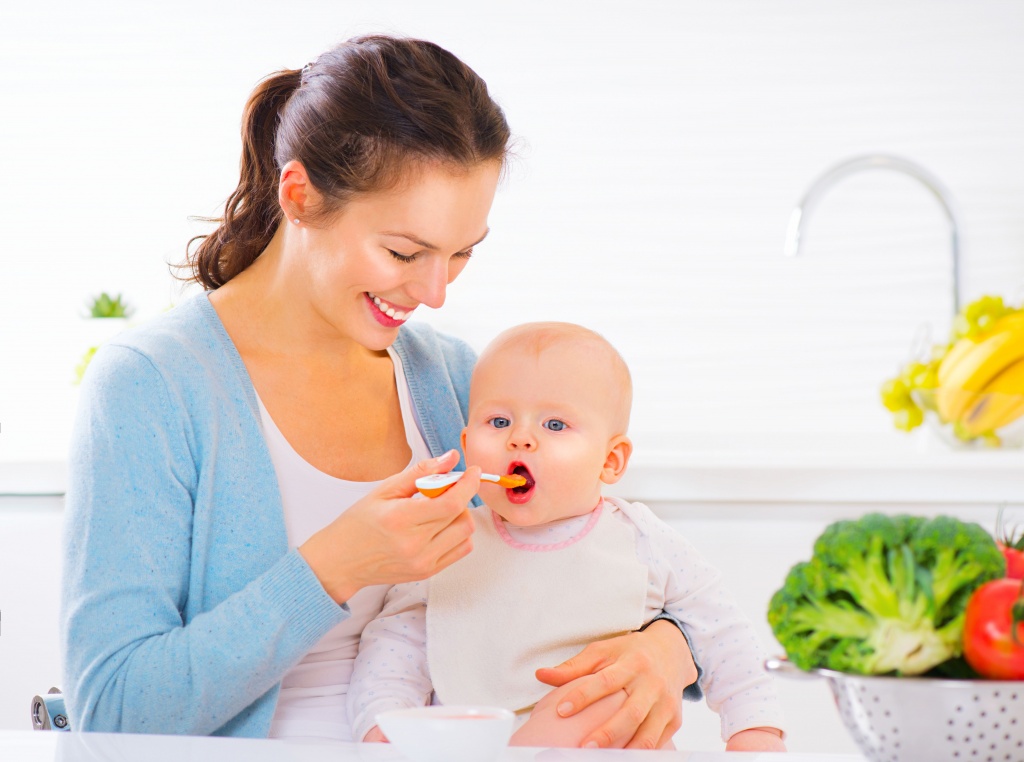 Did you know that one cup of peas contains more protein than a tablespoon of peanut butter, as well as calcium, vitamins A and C, and iron. These wonderful little vegetables are a great first green food for a baby as they are both nutritious and delicious.
Did you know that one cup of peas contains more protein than a tablespoon of peanut butter, as well as calcium, vitamins A and C, and iron. These wonderful little vegetables are a great first green food for a baby as they are both nutritious and delicious.
Types of peas
Table of contents:
Since childhood I know that peas can be different. There are sweet varieties that are grown for salad or just to eat, and there are varieties that are good to dry and eat in the winter.
Peas are one of the earliest spring ripening crops that can be used in all kinds of culinary dishes.
Peas are fairly easy to grow. The hardest part of growing peas is choosing which variety to grow. There are basically three types of peas: sugar, shelling and brain variety. There are also fodder varieties , but we will not discuss them here. Each goes by several names, which makes the choice even more confusing. But it is important for us to know their differences.
The sugar variety is the sweetest and is eaten fresh with the pod.
green peas for childrenPeeling variety is used for conservation, long-term storage, it makes delicious soup in winter. Brain peas is always canned.
Pea season from the beginning of June to July, depends on the strip of Russia. In our south, children can already buy from mid-May.
The history of peas
green peasWhen exactly peas were first discovered remains a mystery, however, there are many assumptions. For example, the first appearance of the pea is thought to have been in Central Asia, especially in Burma and Thailand or Afghanistan, the eastern edge of the Mediterranean basin, and the mountain ranges and plateaus of Ethiopia.
Fossilized pea pods found in Switzerland date back to 10,000 years ago. In the 3rd century BC, Theophrastus mentions peas that were sown in the later winter. Pea cultivation is believed to have spread to India, China and Europe in the 2nd millennium BC.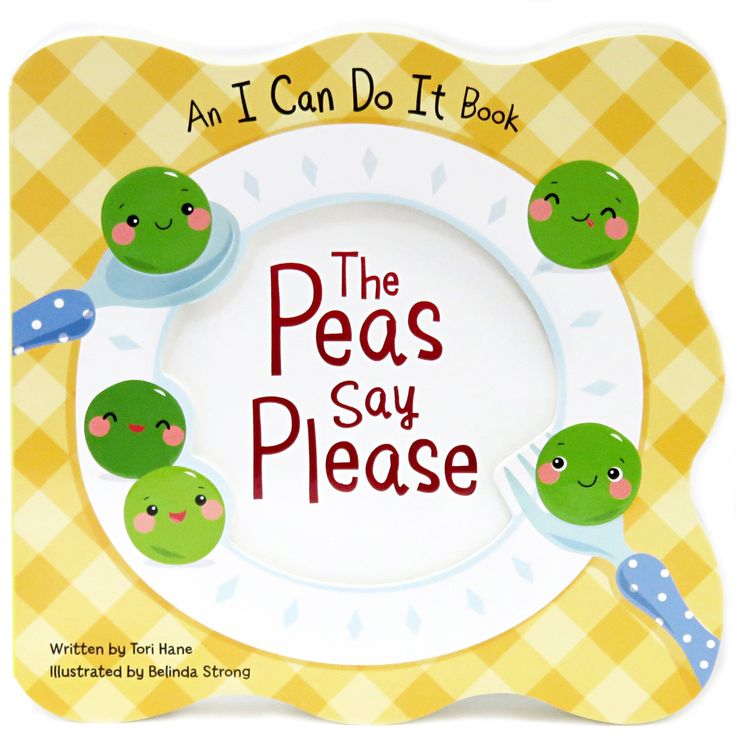 Roman legionaries harvested wild peas to supplement their diet in the 1st century BC.
Roman legionaries harvested wild peas to supplement their diet in the 1st century BC.
Peas were brought to North America by Christopher Columbus in 1942, where they were quickly adopted by Native Americans. During the Middle Ages, peas were a stable food that kept hunger at bay, and during the early modern era in Europe, unripe fresh peas were prized as a gourmet meal.
Peas became famous in Russia only in the 18th century. It was grown throughout Russia, both in the fields and in the gardens.
Green peas "walked" along the roads of Russia, because they were planted along the roads so that travelers could eat. In Russia, about 200 million cans are canned a year, probably because of the Olivier salad.
The benefits of peas
peas baby food Compared to vegetables such as carrots, peas have a higher level of protein. In addition, Peas are a good source of dietary fiber, vitamin A, iron, folate, thiamine, vitamin C and manganese. It also has high levels of vitamin K. One of the health benefits of green peas is blood sugar control.
It also has high levels of vitamin K. One of the health benefits of green peas is blood sugar control.
Peas also contain a unique range of health-promoting phytonutrients. One of these phytonutrients, a polyphenol called coumestrol, has recently come to the fore in research to protect against stomach cancer. A study in Mexico City found that daily consumption of green peas, along with other legumes, reduced the risk of stomach cancer, especially when the daily intake of coumestrol from these legumes was approximately 2 milligrams or more. Since one cup of green peas contains at least 10 milligrams of coumestrol, it will not be difficult for us to get these wonderful health benefits.
Don't forget the unique phytonutrients in green peas that provide us with key antioxidant and anti-inflammatory properties. Some researchers are now suggesting that the link between consumption of green peas and legumes and a reduced risk of type 2 diabetes may be due not only to the relatively low glycemic index of green peas (around 45-50), fiber or protein in the composition, but also to unusual combination of antioxidants and anti-inflammatory phytonutrients.
minerals and vitamins peas
peas for childrenGreen peas stand out as an organic food. Agricultural research has shown that planting peas can provide important benefits to the soil. First, peas belong to a category of crops called "nitrogen-fixing" crops. With the help of bacteria in the soil, peas and other crops can extract nitrogen gas from the air and convert it into more complex and usable forms. This process increases the nitrogen content of the soil without the need to add fertilizer. Peas also have a relatively shallow root system that can help prevent soil erosion, and once the peas are harvested, plant debris tends to break down relatively easily to enrich the soil. Finally, crop rotation of peas with other crops has been shown to reduce the risk of pest problems.
Complementary Peas Although Green Peas are extremely low fat foods (approximately one third of a gram of fat per cup), the type of fat and fat soluble nutrients they contain is impressive.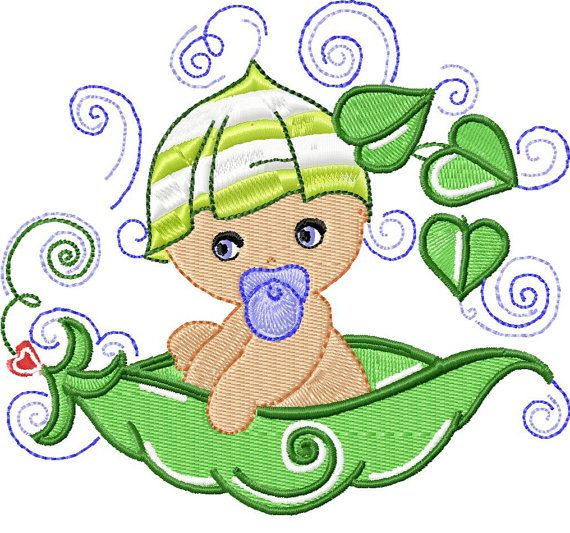 Recent studies have shown that green peas are a reliable source of omega-3 fats in the form of alpha-linolenic acid (ALA).
Recent studies have shown that green peas are a reliable source of omega-3 fats in the form of alpha-linolenic acid (ALA).
One cup of green peas contains approximately 30 mg of ALA. About 130 mg of the essential omega-6 fatty acid, linoleic acid, can also be found in a cup of green peas. This very low but high-quality fat content helps us get important fat-soluble nutrients from this legume, including significant amounts of beta-carotene and small but valuable amounts of vitamin E.
So let's not neglect green peas in summer and dry peas in winter. In the diet of children, this is a very useful product.
peas for childrenGreen peas cannot be a first food because they cause discomfort and gas. Russian pediatricians advise introducing green peas to children after 10-12 months, and American pediatricians - after 8 months.
Legumes should not be given more than 2 times a week.
Dishes from mature peas can only be given after 2 years of age in soups.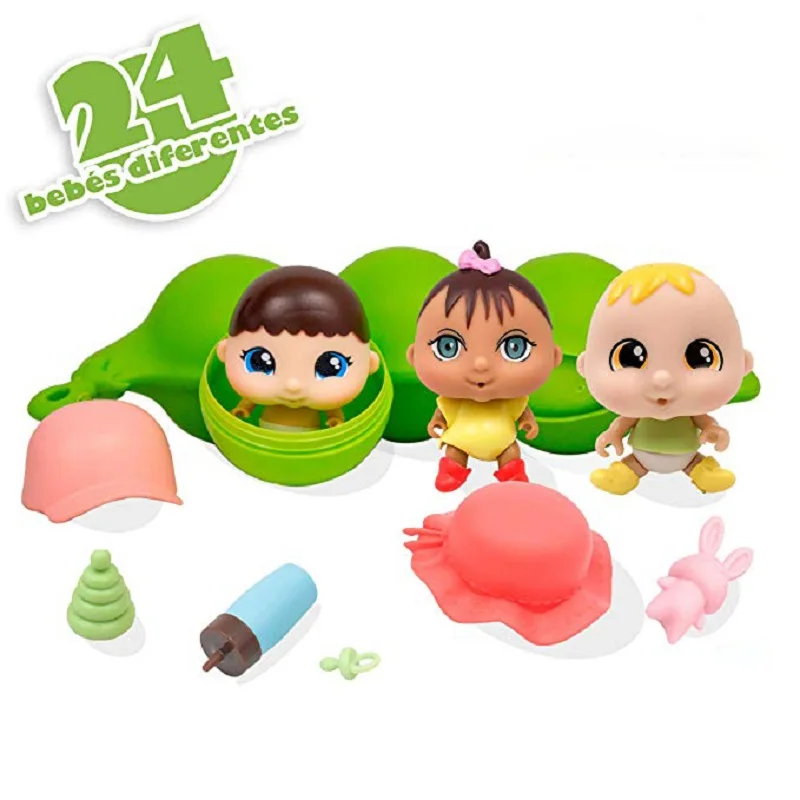 Canned peas can be given after 3 years. A portion of the first complementary foods is not more than 30-50 grams, if the child has digestive problems, then let the portion be smaller so that the body gets used to it faster.
Canned peas can be given after 3 years. A portion of the first complementary foods is not more than 30-50 grams, if the child has digestive problems, then let the portion be smaller so that the body gets used to it faster.
Children under 2-3 years old can eat green peas up to 80 grams. Mature grains are given in an amount of not more than 100 grams after 3 years.
Fresh peas can be offered from 2-2.5 years old, only young sweet varieties.
Green peas are considered a hypoallergenic product, so they can be safely given to a child.
green peas complementary foods
pea pureeThere is an opinion of doctors that it is better to give green peas up to 12 months, so that the body learns to digest it, because later it will be more difficult to do.
The first feeding with green peas is in the form of mashed potatoes, which are boiled until cooked and rubbed through a sieve, so it is better absorbed.
Ruth Yaron's book "Supernutrition for Your Baby" states that whole green peas are dangerous for a child under three years of age, they must be given mashed, ie.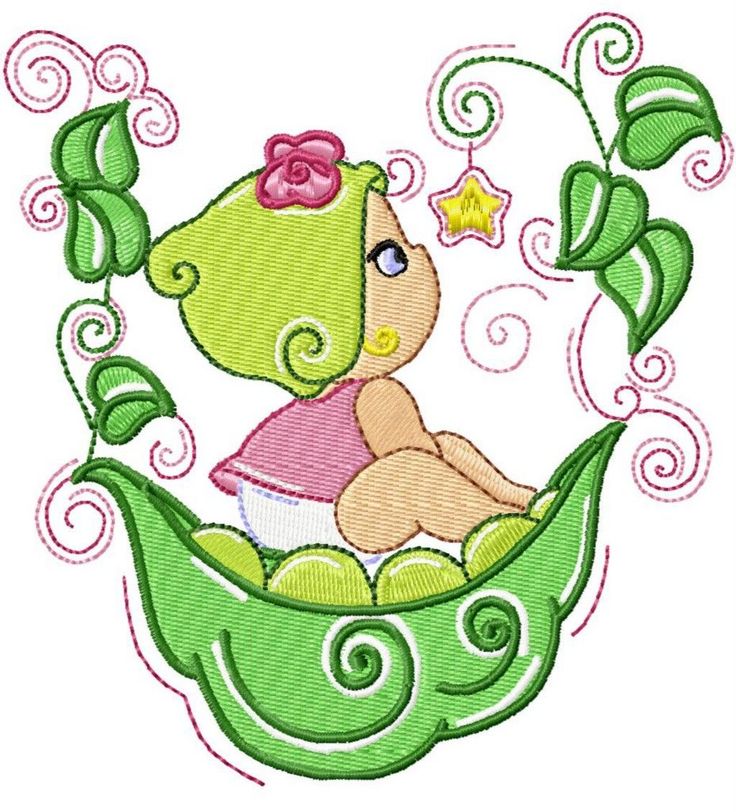 crush with a regular fork. I usually just crush them with my fingers before giving them to a child. But we eat it instead of popcorn, so this way, I peel off the green shell, squeeze it with my fingers and give it, this is enough for a two-year-old child so that he does not choke.
crush with a regular fork. I usually just crush them with my fingers before giving them to a child. But we eat it instead of popcorn, so this way, I peel off the green shell, squeeze it with my fingers and give it, this is enough for a two-year-old child so that he does not choke.
Pea soup with smoked meats is best introduced to a child at the age of 5.
peas complementary food
Allergy to green peas and peas
pea soupPeas come in several varieties, but green and yellow peas are the most commonly consumed. Pea allergy exists but is not very common. In most cases, pea allergies in children are due to cross-reactivity between peas and other legumes. It is also important to cancel that green peas are considered hypoallergenic , but mature peas are already included in the middle group of allergenic products .
Children may be allergic to peas, especially if they have had an allergic reaction to other legumes. Legumes is a family of products that includes peas, chickpeas, peanuts, beans and lentils, etc.
Legumes is a family of products that includes peas, chickpeas, peanuts, beans and lentils, etc.
There is a high degree of cross-reactivity between lentils, chickpeas and peas. In addition, pea allergy can also occur due to IgE-mediated (antibody-mediated) cross-reactivity between peas and peanuts.
pea soupChildren's body can react to such allergens in peas as isoflavone reductase, globulin, glutelin, vikilin, vivilin. And most importantly, these allergens are resistant to heat and chemical treatment.
Cases of reactions to inhalation of vapors from cooking peas have been observed. Cases of allergies to boiled peas have also been reported, but no allergies to green peas have been found in these patients.
There is a chance for a child to develop an allergy to peas over a period of time, especially if the portion is too large. But before giving peas to a child, it is recommended to consult a doctor and always adhere to the 4-7 day waiting rule when peas are introduced into complementary foods or any other food in the diet. It is better to give less than more.
It is better to give less than more.
Symptoms of pea allergy vary among children. Some symptoms may be mild, while others may be severe. Mild symptoms include rashes, hives, itching in the mouth, throat, lips or entire face, stomach cramps, vomiting and coughing, etc.
Severe symptoms of include shortness of breath, shortness of breath and rapid heartbeat, anaphylactic shock which can cause choking and severe breathing difficulties.
It is best to seek medical attention regardless of mild or severe allergy symptoms. Timely action will help to avoid complications, as well as help in diagnosis and treatment.
How to give green peas to children?
For the first feeding green peas should be boiled in clean water. Beat with a blender and give in the form of pea puree. Babies love bright green puree because of its sweet taste and smooth texture. Depending on how much your child eats, you can store the puree in small bags, ice cube trays, or in a zip-lock freezer bag. Up to 2 years, it is better to give the child only in the form of baby puree. Either neat or mixed with other vegetables.
Up to 2 years, it is better to give the child only in the form of baby puree. Either neat or mixed with other vegetables.
Why love pea puree?
green peas for children- Versatility: Ideal as a first bean puree for children and as an addition to a range of dishes. It is worth trying to serve peas with fish, seafood, chicken or use as a sauce.
- A sensory explosion: pea puree hits all the senses, from delicious taste, fresh aroma to bright green color.
- Quick and easy to prepare : Prepare a gentle puree in less than ten minutes.
- Available all year round : Using frozen peas means the family can enjoy this puree no matter the season.
- Freezing : frozen peas are ideal, both pureed and peas.
How to select and store peas
Only about 5% of grown peas are sold fresh. The rest are either frozen, or canned, or dry.
green peas for children When purchasing fresh green peas , we are looking for strong pods, velvety and smooth.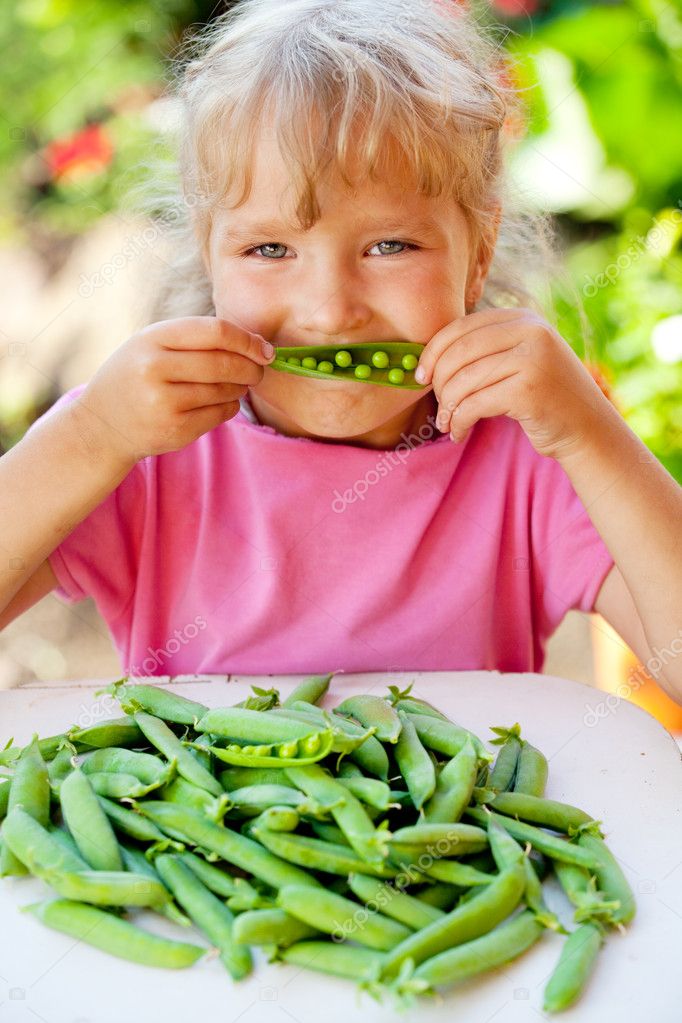 Their color should be a lively medium green. Those whose green color is particularly light or dark, or yellow, whitish or mottled grey, should be avoided. Also, don't choose pods that are swollen, soaked in water, or have mold residue. The pods should contain peas of sufficient quantity and size so that they do not have a lot of empty space. It is enough to shake the pod to understand whether it is empty or full. All varieties of fresh peas should be stored in the refrigerator, as the heat will speed up the formation of sugar in the starch.
Their color should be a lively medium green. Those whose green color is particularly light or dark, or yellow, whitish or mottled grey, should be avoided. Also, don't choose pods that are swollen, soaked in water, or have mold residue. The pods should contain peas of sufficient quantity and size so that they do not have a lot of empty space. It is enough to shake the pod to understand whether it is empty or full. All varieties of fresh peas should be stored in the refrigerator, as the heat will speed up the formation of sugar in the starch.
Unwashed peas stored in the refrigerator in a bag or unsealed container will keep for several days. Peas are not stored in a pod for a long time, so if you bought a lot, then it is better to peel them and store green peas separately in the refrigerator for up to 5 days or in the freezer for up to 6-12 months.
green peas complementary foods Unlike round pea pods, sweet pea pods are flat. Choose the smaller size as they tend to be sweeter.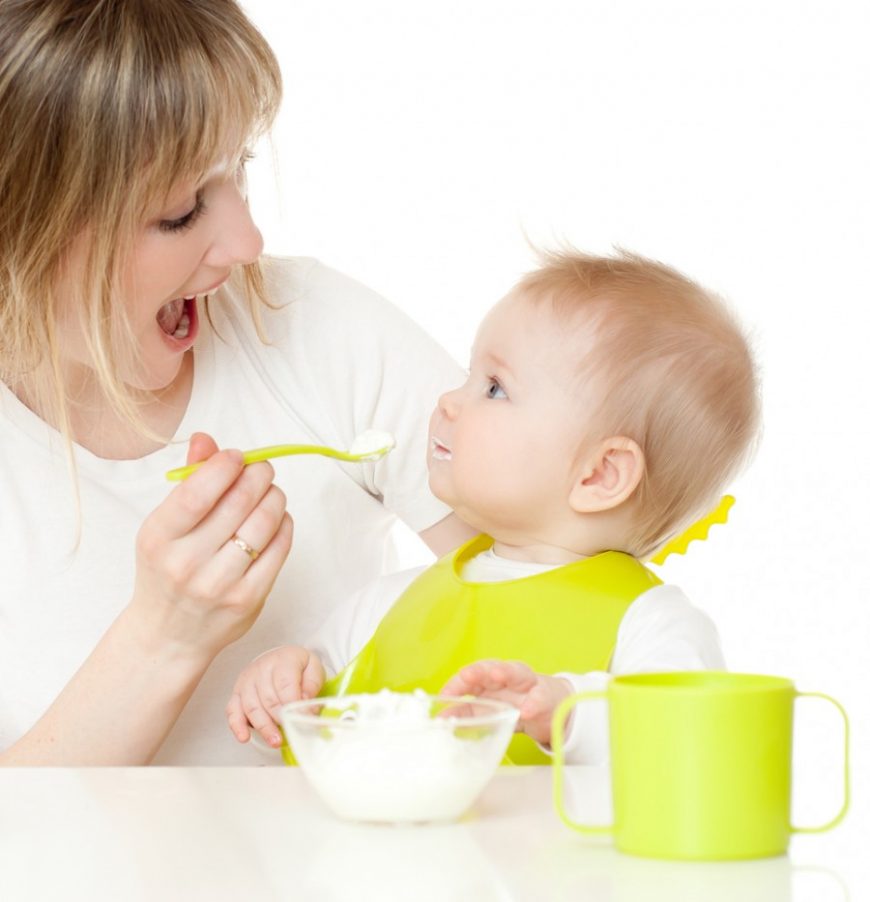
To check the quality of peas, just open one of them and make sure that it is fresh. They should be bright green in color, firm and plump.
Dry peas must be stored in a dry, dark place, preferably in glass. If peas are bought by weight, then we look at the peas themselves so that they are the same color, dry, without mold and dampness, without pests. You can store about 12-24 months, depending on the variety of peas.
Pesticides and peas
Peas in Russia are classified as products with a low pesticide index, apparently because they are relatively easy to grow in any of our territories, they are not whimsical, there is water and sun, they will be happy.
But in 2019, Rospotrebnadzor identified a pesticide, the herbicide 2,4-D acid, in the Mistral pea brand. Hope they fixed it.
Of course, it is better for children to buy an organic product that is grown without pesticides and nitrates.
complementary food peas
Contraindications
Peas are a difficult product to digest, which complicates the child's gastrointestinal tract. Therefore, if children suffer from colitis or enteritis, then you should refrain from the early introduction of peas into complementary foods and consult a doctor. Also, peas can increase gas formation, which will lead to abdominal pain. With frequent diarrhea or constipation, it is also not advisable to give peas in large portions. Green peas are not recommended for kidney disease. Boiled peas also contribute to an increase in uric acid in the body and the accumulation of salts. You can not this product with diseases such as cholecystitis, nephritis, kidney stones, increased blood clotting, gout and any intestinal diseases.
Therefore, if children suffer from colitis or enteritis, then you should refrain from the early introduction of peas into complementary foods and consult a doctor. Also, peas can increase gas formation, which will lead to abdominal pain. With frequent diarrhea or constipation, it is also not advisable to give peas in large portions. Green peas are not recommended for kidney disease. Boiled peas also contribute to an increase in uric acid in the body and the accumulation of salts. You can not this product with diseases such as cholecystitis, nephritis, kidney stones, increased blood clotting, gout and any intestinal diseases.
Suggested way of consumption
Pea and rice brothSteaming or roasting green peas is an easy and healthy way to prepare this vegetable. Throwing peas in ice water after cooking makes for an even smoother puree for your baby! Peas are sweet and delicious, and can be added to children's meals for a nutritional boost.
Up to 1 year, green peas can only be boiled or baked in the oven, and then make baby puree.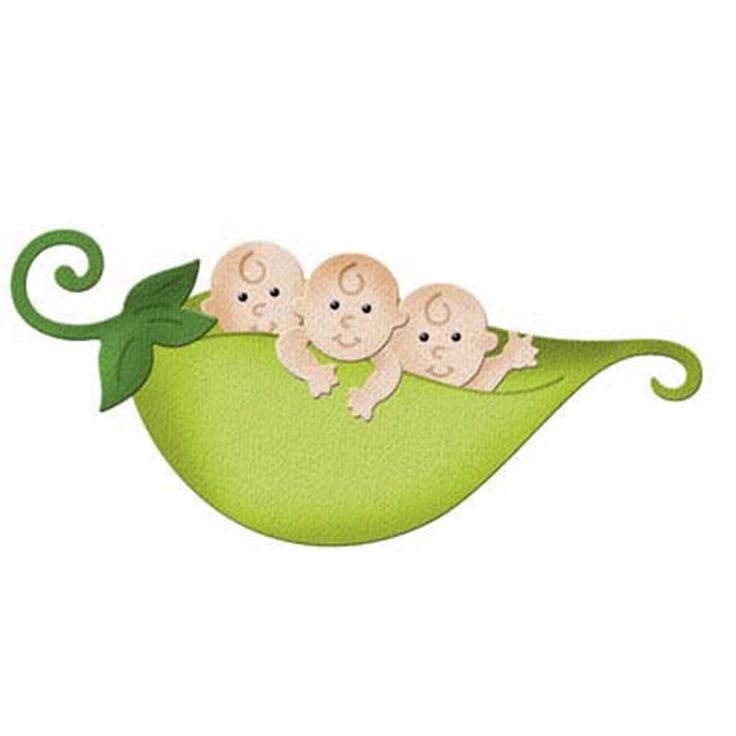 After a year, you can cook soups or add 1/3 of green peas to mashed potatoes, you get an interesting color and taste.
After a year, you can cook soups or add 1/3 of green peas to mashed potatoes, you get an interesting color and taste.
The most common cooking method is traditional when used in combination with vegetables or potatoes. Boiled peas are also often used in salads or with rice. A well-known option is cooking green peas with meat stewing method . Another alternative would be Pea Soup or Delicious Vegetable Puree . In Russia, you can also find pies with peas, pate, pancakes, cutlets, cereals, etc.
My favorite recipe for baby puree is to mix peas and other vegetables in a 1:3 ratio, about 1/3 of a pea. And add the fried onions before beating until smooth. It turns out tasty and satisfying.
Freezing peas
Peas are ideal for freezing. It does not lose taste, texture and smell. What more could you ask for? It can be frozen as green peas or boiled as a soup dressing. I already wrote about pea soup with bacon, how I freeze it in the form of a soup base.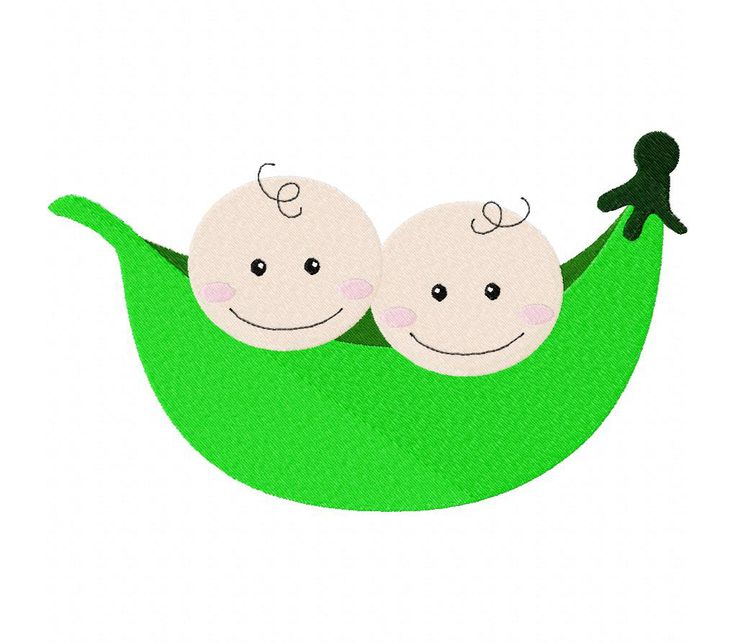
Children's green peas are easy to freeze. In season, green sweet peas are bought, which get rid of the pod, and the peas are washed, dried, and then frozen in special bags. About 600 grams of green peas are enough for me for the winter. I cook soups with it, I make Olivier. Honestly, I stopped buying canned peas. Boiled and put in a salad, more benefits. You can store frozen peas for about 6-12 months. Moreover, it behaves perfectly, ice rarely forms on it, especially if it is frozen correctly.
Someone likes to blanch peas for 1-2 minutes, the shelf life is longer, but I don’t have it for more than 6-8 months.
In general, I recommend frozen over canned peas and acknowledge the benefits of fresh over frozen. Therefore, it is possible to buy fresh green peas, then we buy it, there is no way, we take frozen.
Why is it better to freeze it yourself in summer? But because the stores already sell old green peas. It is not as tender, it is suitable for soups, but not for baby food or salad. Therefore, in the summer I myself choose green peas, I am engaged in separation and freezing.
Therefore, in the summer I myself choose green peas, I am engaged in separation and freezing.
How to prepare green peas for children?
canned peasRemove green peas from the pod, rinse under running water.
Steam: Put the peas in the slow cooker or steamer and cook for about 5-10 minutes, depending on the variety of peas.
Boil: Put the peas in boiling water, cook over high heat until tender, about 15-20 minutes. Depends on the youth of the peas, the younger, the less time is needed for cooking. Ready peas are tender, it is important that the shell should not burst.
Bake: Peas are baked in the oven for about 30-40 minutes, you can add a little butter for a nice taste.
After cooking the green peas, keep them under cold running water for about 3 minutes to make the puree more tender.
Preparing puree: Place cooked boiled peas in a blender and blend until smooth.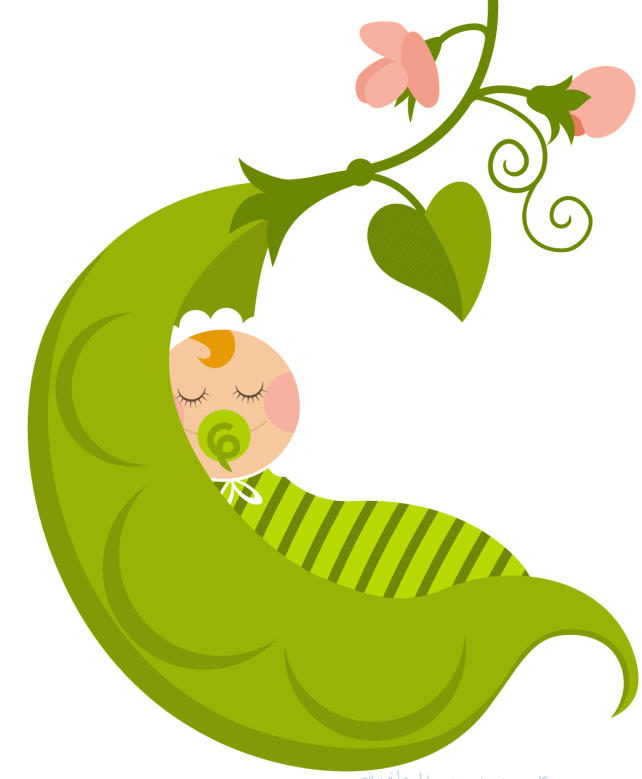 You can add liquids or breast milk. For children 10-12 months old, you can additionally pass pea puree through a plastic sieve.
You can add liquids or breast milk. For children 10-12 months old, you can additionally pass pea puree through a plastic sieve.
How to prepare ripe peas for children?
cook peasMature peas must be soaked before cooking. Ideal for the night, but can be for a couple of hours. Soaking reduces the cooking time by 20-40 minutes. Then you can simply boil in water, the cooking time is up to 2 hours, depending on the degree of splitting of peas.
But I cook all legumes differently. On my site I have already written about this method, but I will repeat.
I throw soaked peas into boiling water. I put in 2 times more water. For about 1 cup of peas, 2 cups of water. And then I cook it for 5 minutes. I usually do this in the morning or at night. To forget about peas for a few hours. After 5 minutes of simmering or boiling, I wrap the pot in something warm and forget about it. Usually about 4 hours of slow cooling is enough for the peas to reach readiness. Very convenient way, economical in terms of electricity.
Finger food and green peas
Green pea pureeOnly green peas are suitable for finger food (simply because they are tastier and brighter). It is most often chosen by mothers for tweezing. It is ideal to take peas with your fingers and send them to your mouth. Up to 2-2.5 years, it is better to take boiled green peas of sweet varieties, after which you can take fresh ones.
In principle, many doctors are sure that after 12 months it is already difficult to choke on a small pea, but they still advise crushing them with a fork, in order to avoid various situations with suffocation. We also crush fresh peas for the first time.
It is also important to know that if a child swallows a whole pea, then its size allows you to go out naturally in a few days.
Ready-made baby food from peas
Soup from peas Mostly green peas are found in ready-made baby food, but peas can also be found in multicomponent purees. In its pure form, puree was discontinued.


